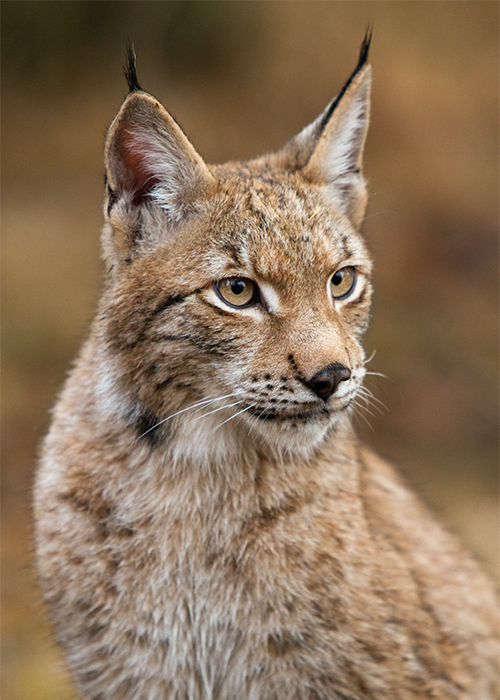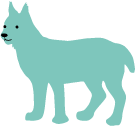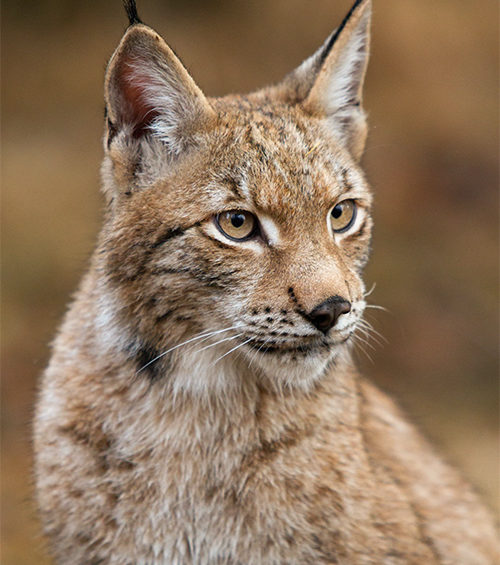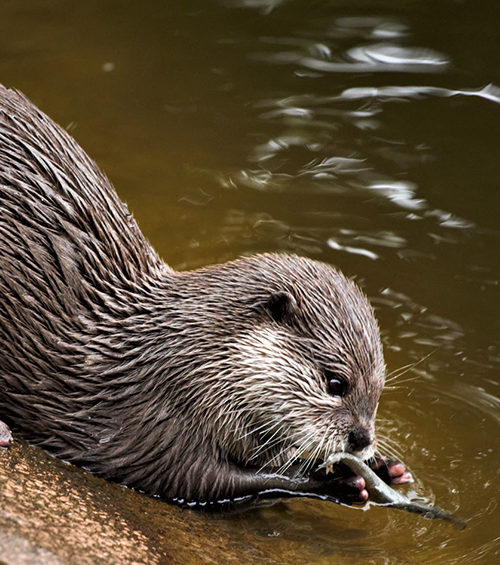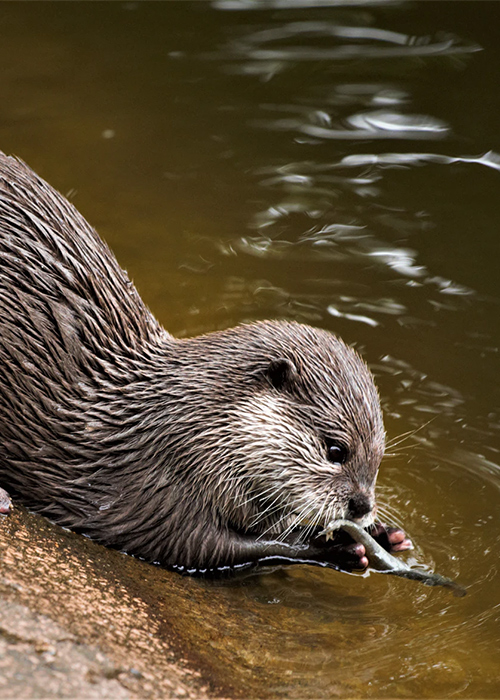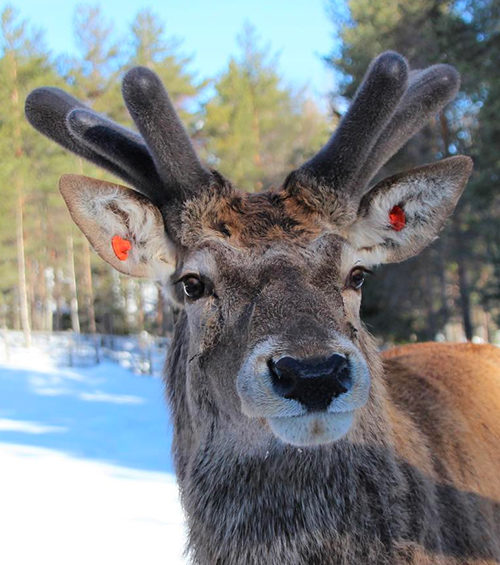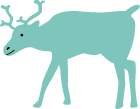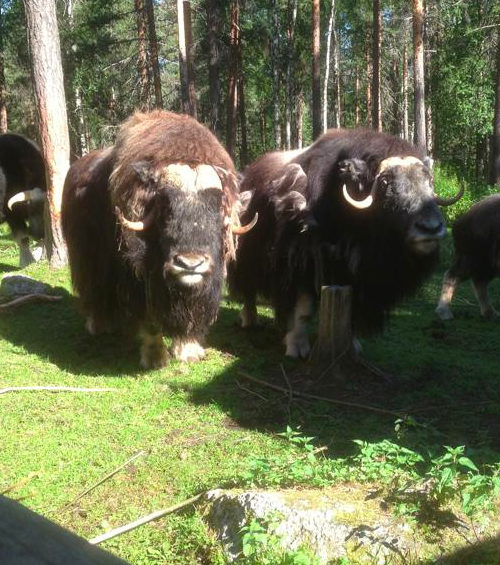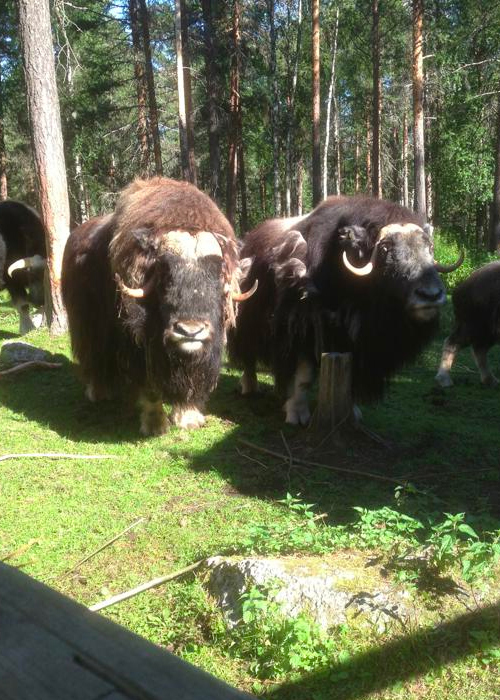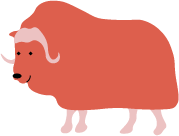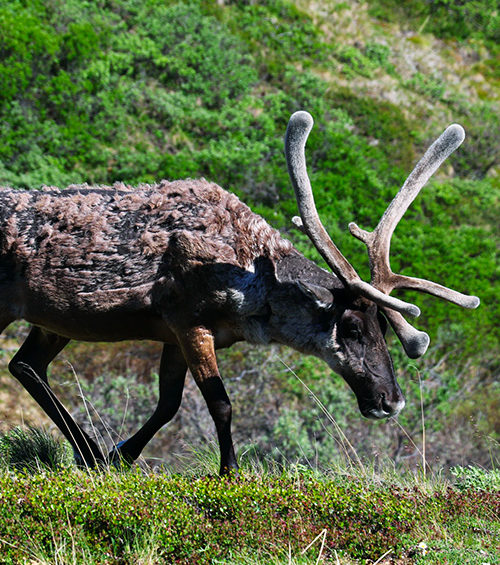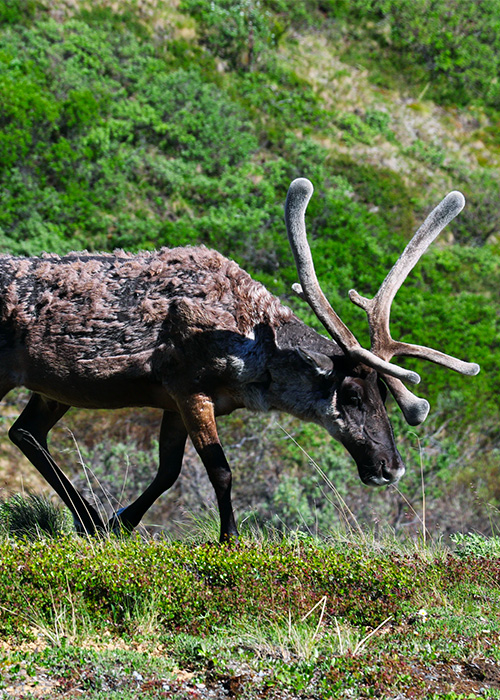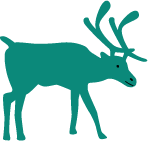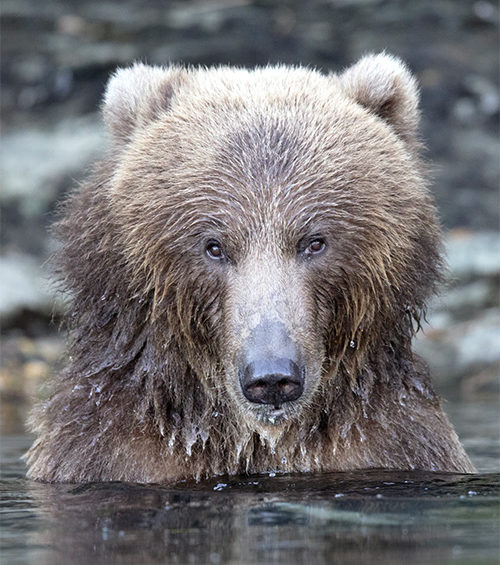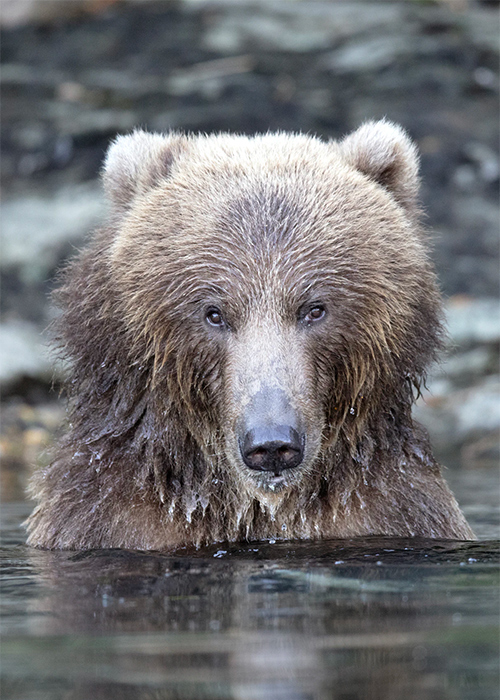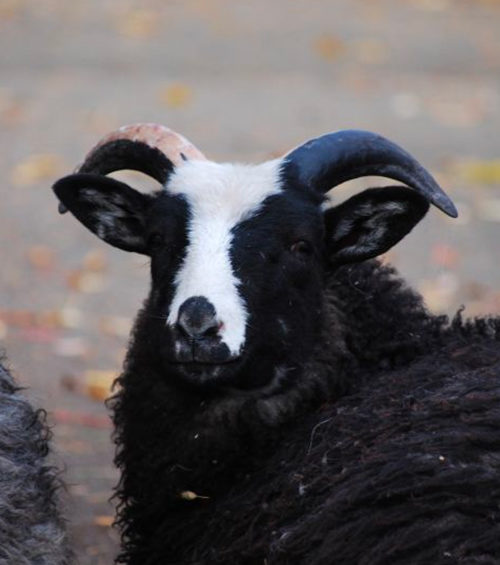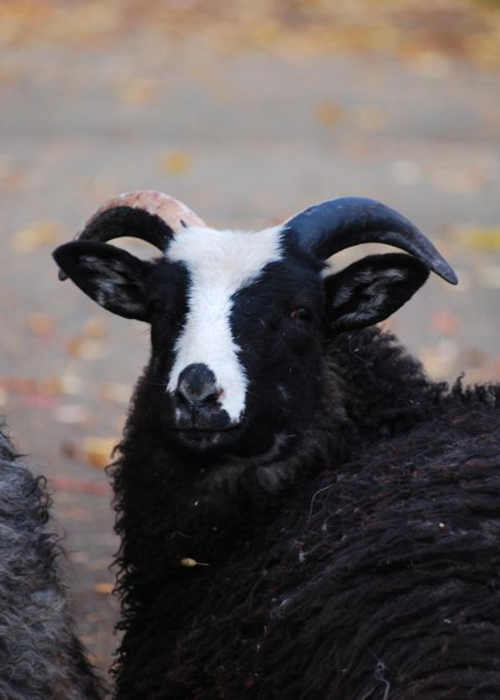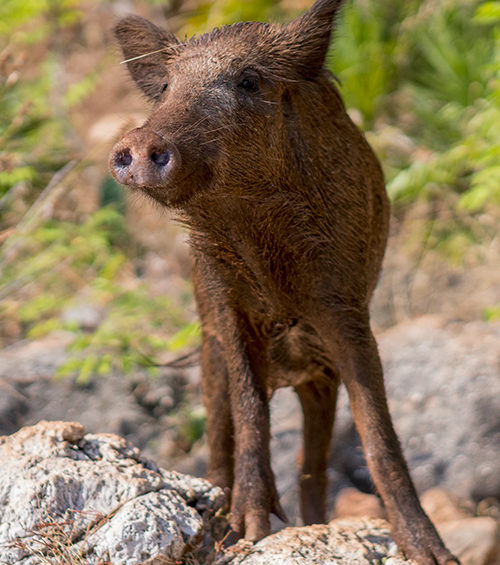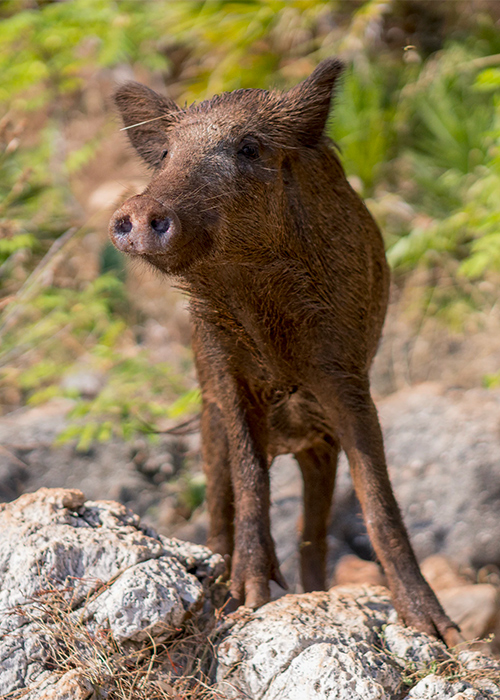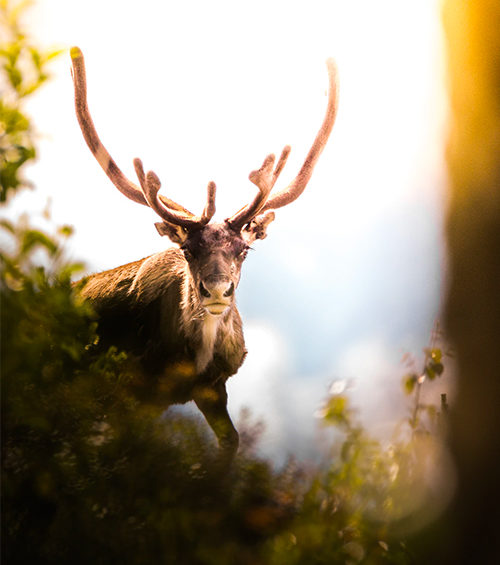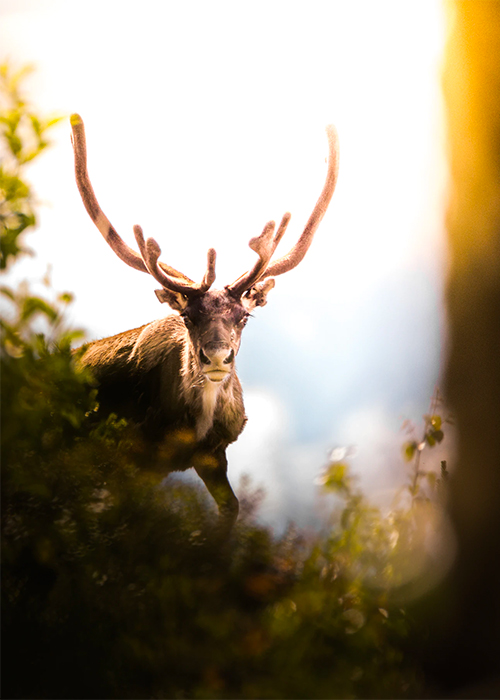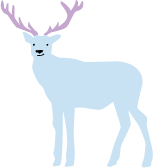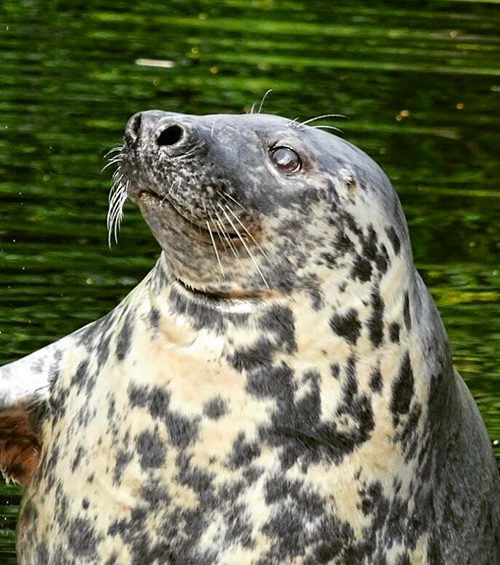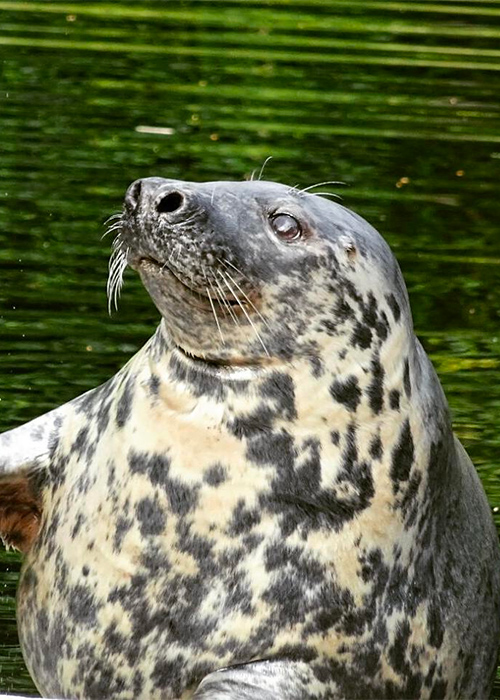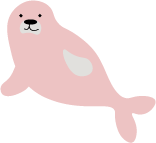(Lynx lynx) The lynx has been present in Sweden since the Ice Age. Today, there are probably over 1000 lynx living in Sweden. Lynx can also be found over large parts of the northern hemisphere, distributed among four species: the Iberian lynx (Spain, Portugal), the Canadian lynx (North America), the Eurasian lynx (Europe and Asia), and the bobcat (North America). The tail - with a black tip - and the head - with white ear tufts and a white ruff around the eyes - are distinctive "signal features" on the lynx's body. In addition, the lynx has scent glands on its cheeks and paws, which complement urine marking as a source of scent. An adult lynx eats around 1 kg of meat per day. In our country, hare and roe deer are the most important prey animals, especially during winter.
| Belongs to: |
Order Carnivora (carnivores/predators) |
| Family: |
Felines (Felidae) |
| Weight: |
20-35 kg (males), 15-25 kg (females). |
| Lifespan: |
Up to 20 years. |
| Mating season: |
Occurs during the period from March to April. |
| Gestation period: |
68-70 days |
| Offspring: |
They are born in the den in May-June; usually 2, sometimes 3, blind cubs weighing about 0.3 kg at birth. |
